Stop asking for them.
Yesterday, I flew for an hour at an event I do every year. It was only an hour because the wind came up, as forecasted, and the turbulence was getting bad enough to start getting me sick. I pulled the plug after only three flights.
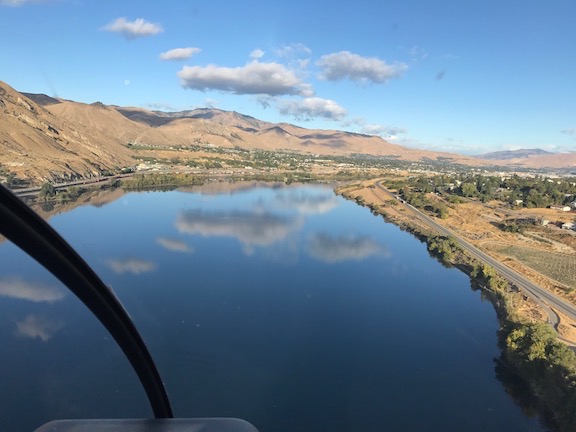
The best part of yesterday’s event was the flight to my landing zone in the park before the wind kicked up. The Columbia River was smooth as glass and the few clouds reflected perfectly on its surface.
One of my passengers was a guy who’d been calling me periodically for over two years. He’s handicapped and moves around in a wheelchair. Back when he first called me, he told he only had a few months to live. One of the things on his bucket list was to go flying in a helicopter with his young daughter. Trouble was, he couldn’t afford the $545/hour rate I charged for tours.
News flash: most people can’t. Hell, even I can’t afford that. But that’s the rate I have to charge if I expect to cover all my costs and make a living.
The One-Hour Minimum
I normally have a one-hour minimum for my flights. There’s a good reason for this.
First, you need to understand that I don’t have an office or hangar at the airport that I sit in every day. That would be a huge waste of time and money since there simply isn’t enough business in this area to keep me busy. I’m lucky to get a few tourism-related flights a month — and that’s only during the spring, summer, and autumn. I make most of my living as a cherry drying pilot; if I had to depend on tours and photo flights to make a living, I’d be bankrupt in less than a year. Instead, I keep the helicopter in my garage at home and pull it out on the relatively rare occasion that a client books a flight with me.
Before every flight, I spend about 20 minutes preflighting the helicopter. Then I spend 10 minutes dragging it out of the garage, 2-3 minutes warming it up, and 3-4 minutes flying to the airport before taking another 2-3 minutes to shut it down. If you’re doing the math, you can see that I’ve already had the engine running — burning fuel and oil and clicking the Hobbs meter — for 7 to 10 minutes — without getting paid. Now I wait 10 to 30 minutes for my passengers. I still haven’t seen a dime. I greet my passengers, give them a preflight briefing, and get them on board. Maybe that’s 5 minutes. Now another 2-3 minutes to start up. I do the flight. I come back. 2-3 minutes to shut down. I go inside the airport terminal with them. I collect the money they owe me. They leave. I go back outside. 2-3 minutes to start up, 3-4 minutes to fly home, 2-3 minutes to shut down. Another 10 minutes to drag the helicopter back inside and another 10 minutes to do a post flight inspection.
Have you been paying attention to the numbers here? My time — not including the actual flight — adds up to about 60 to 80 minutes. This is all time that I’m not compensated for. In fact, if the passenger doesn’t show up at the airport at all, I’ve just wasted all that time, as well as the additional time I’ve waited in case they were late.
And the uncompensated helicopter time — time when I’m actually spending real money to have the helicopter running — is 14 to 20 minutes.
Now imagine that the actual ride I gave was only 15 minutes, as so many people have requested. Say they pay me 1/4 of my $545/hour rate or $136. If we round that uncompensated running time to 15 minutes and add it to the compensated running time of 15 minutes, that means I’m getting $136 for a half hour of running time or only $272 per hour.
That’s less that my operating costs, so I’m losing money.
And isn’t my time worth something?
So no, I don’t do flights less than an hour long — except for certain circumstances.
Special Half-Hour Tours
Half-hour tours are a special circumstance. I sometimes offer these on days when I know I’m going to be out with the helicopter.
Suppose someone books a winery tour at 11 AM on a Saturday. I know I have to be at the airport with the helicopter at 11, so I can offer half-hour tours, perhaps starting at 9 AM, for $295 (slightly more than what a half hour would cost). With up to three people on board, that’s a lot more affordable for most folks. And since I have to be at the airport anyway for that other flight, it doesn’t take any additional uncompensated time. Well, maybe waiting time, but not with the engine running.
So I make the offer on my company website or Facebook page. I figure that if folks are serious about going for a flight, they’ll be watching for special offers. But I’ve only sold a few so far, so half the time, I don’t even bother offering them.
Rides at Events
The other thing I do is rides at events. I have a few events I do every year, including the Wenatchee Wings and Wheels car show in East Wentachee that I did yesterday.
These are advertised events and, in many cases, helicopter rides is a main draw. People will come just for the ride. I usually (these days) charge $40/person for a ride that’s 8-10 minutes long. I can make this work financially by not flying with less than 2 people on board and doing a lot of rides. If my ground crew is good and there’s a big crowd of people, I can sometimes average more than my usual hourly rate. It’s not my favorite kind of flying to do, but I really do enjoy being able to take kids flying — this is often the only way it’s affordable for their parents.
And that’s what I kept suggesting to my wheelchair-bound caller. I gave him information about the next upcoming event each time he called. I guess that after a while, he realized that being in a wheelchair didn’t mean I’d do a special flight just for him. (Let’s be real here: if I did a special flight for everyone who called me with a sad story, I’d be broke and have my own sad story.) I didn’t hear from him for a while and, in all honesty, forgot about him. But when I saw him roll up yesterday, I made the connection. He was finally getting his ride with his daughter at a price he was willing and able to pay. He told me numerous times during the flight how much it meant to him and I was happy for them both.
Before his son lifted him out of the helicopter seat to get him back in his wheelchair, he leaned in toward me and said, “You know, I only have six months to live.”
Some People Don’t Give Up
They hung around while I did the few other flights. When I shut down for the day and helped my ground crew load signs and chairs into their SUV, he followed us.
“You know, if you ever go flying and want company,” he started.
Oh, how I wish I had a dollar for everyone who said that to me!
He went on to say that he’d tell all the people in his “group” about it and it would “blow up.” I think he was trying to say that he would promote my services to his group of — well, I never did find out what his “group” was — and they would all come flying with me. But would they be looking for free flights, too? Did he think I wanted my phone to start ringing with more people looking for free flights with me?
How can I run a business if everyone thinks they can get my services for free?
What he doesn’t understand — and what most people apparently don’t understand — is that it costs money to fly the helicopter.
And no, it’s not just gas. It’s oil ($7/quart every 5-8 hours), it’s maintenance (like $300 for an oil change every 50 hours), it’s 100-hour inspections (about $2500 if I’m lucky and they don’t find any problems). It’s a radio altimeter and ADS-B required by the FAA at a cost of $15,000 and $4,000 respectively. It’s insurance at about $15,000 per year. It’s an overhaul every 12 years or 2200 hours at a cost of $220,000. And let’s try to remember that none of it would be possible if I didn’t cough up $346,000 in 2005 to buy the helicopter in the first place.
That’s a shit-ton of money. Maybe it helps explain why I get so pissed off when people expect me to fly them around for free or the cost of fuel?
If I’m going to fly for pleasure, I’m not going to fly it with a pushy stranger full of empty promises. I’m going to fly with a friend or someone else I really like. Or I’m going to fly alone.
I’ve blogged about this in various ways before. I’m not sure if I was ever this blunt. Maybe I’m in a bad mood because I took a loss for yesterday’s event.
Or maybe I’m just sick and tired of people trying to get me to spend my hard-earned money giving them something for free.
In any case, thanks for reading. Rant over.


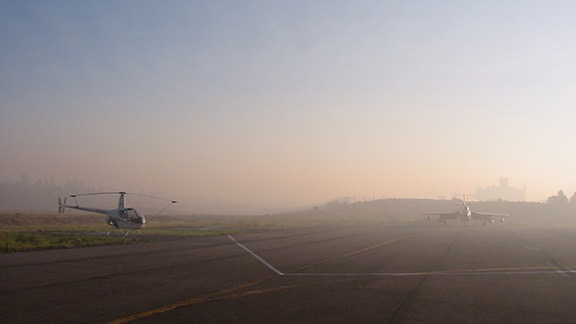

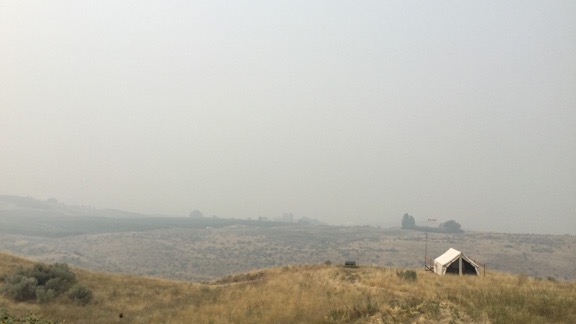
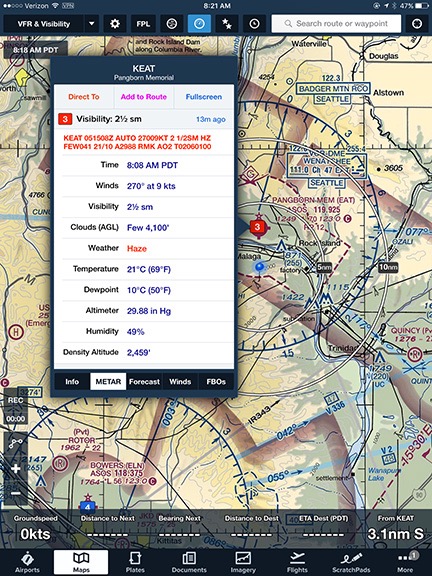


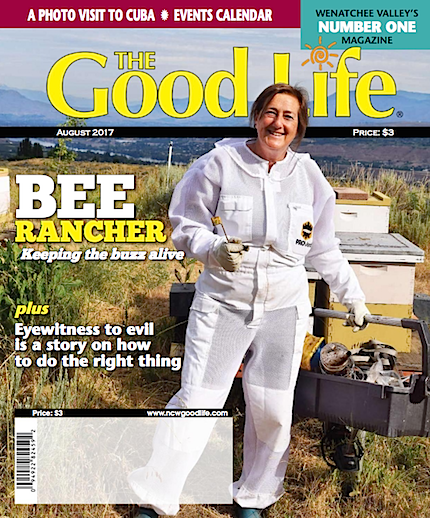
 If you read the
If you read the 